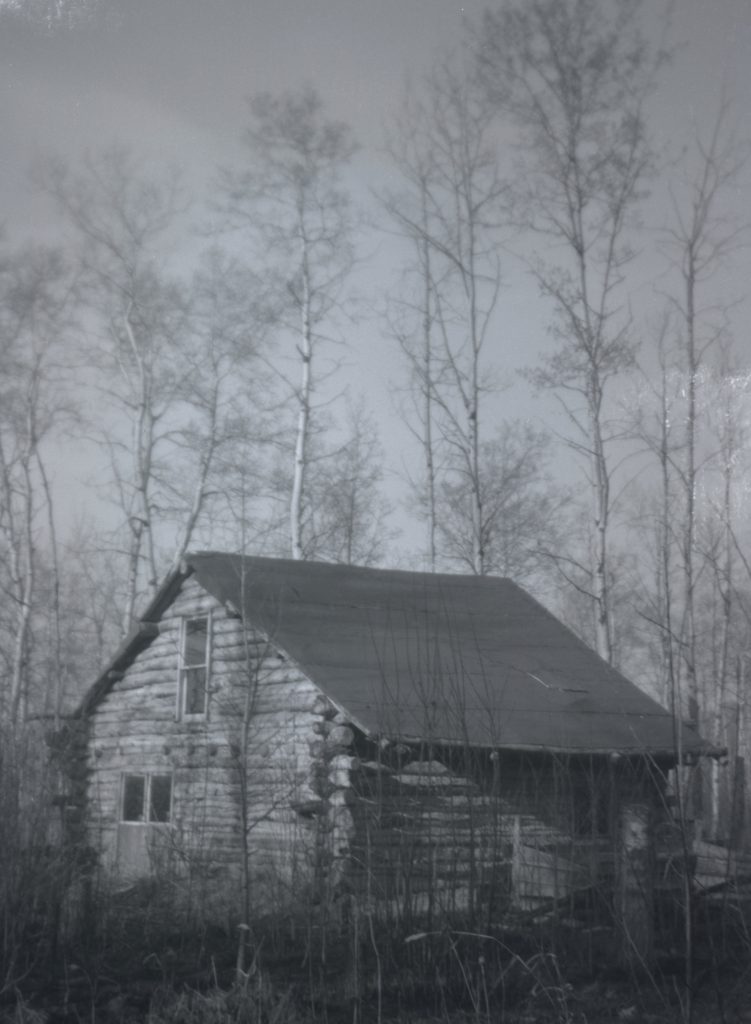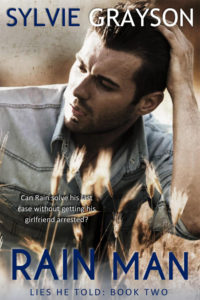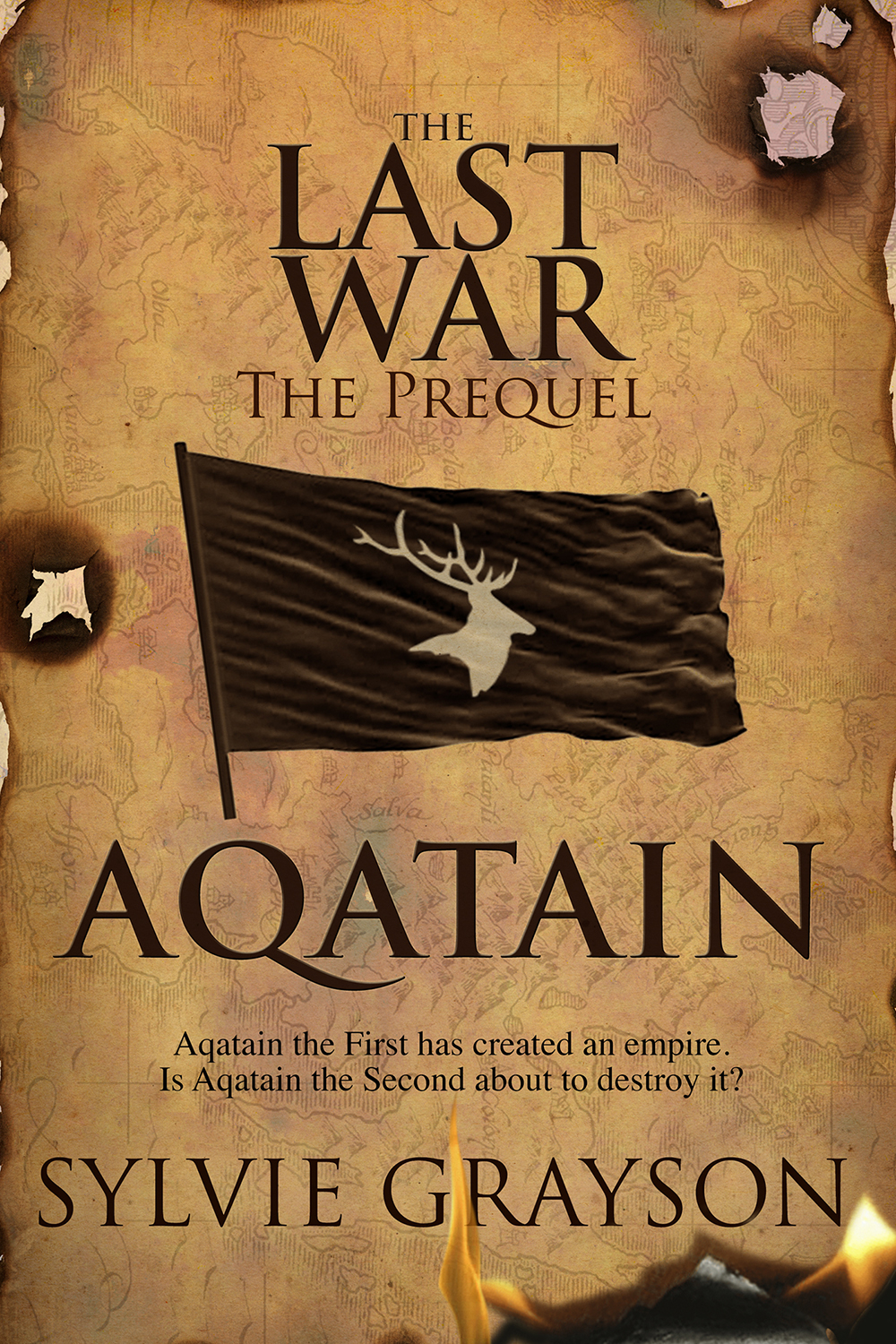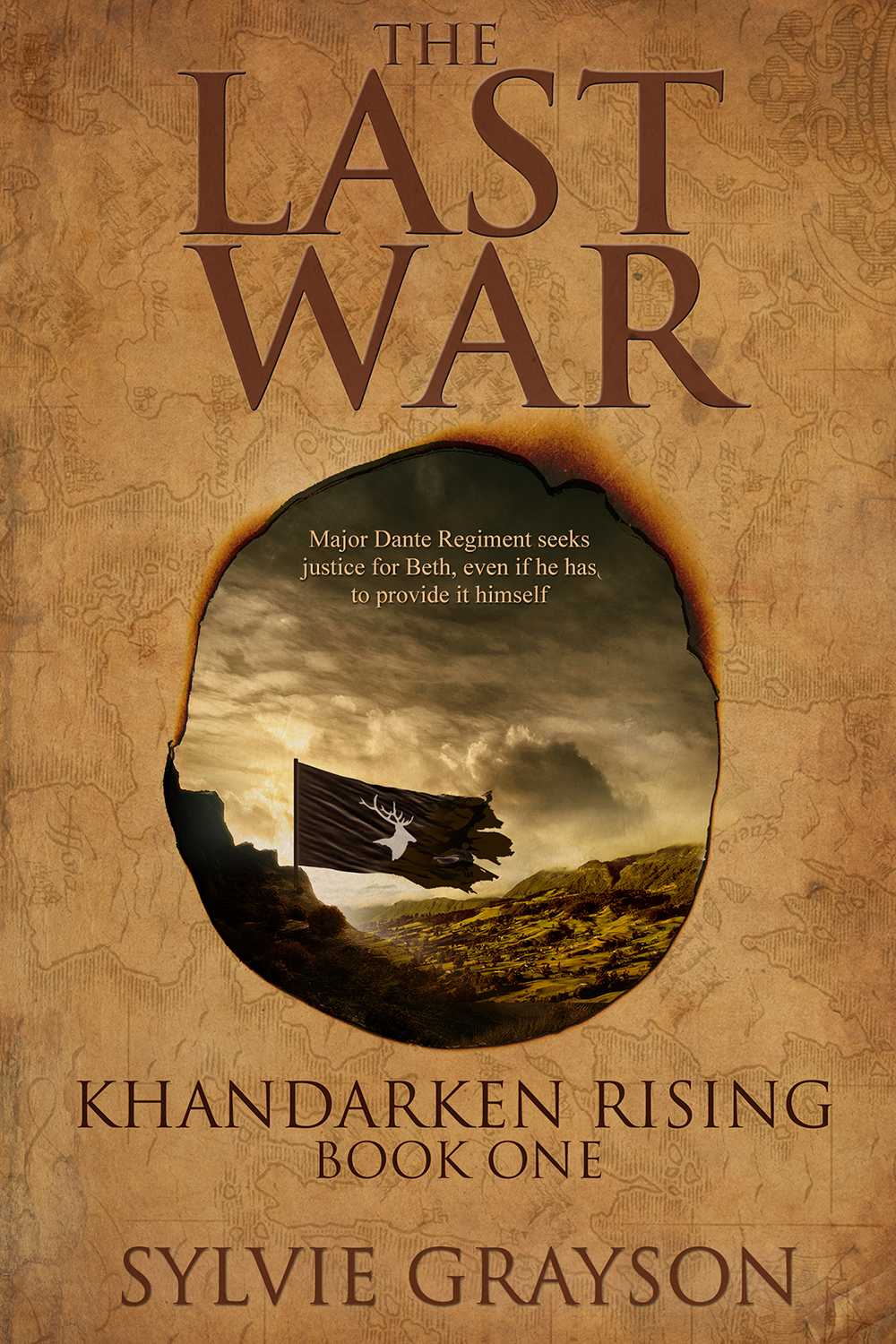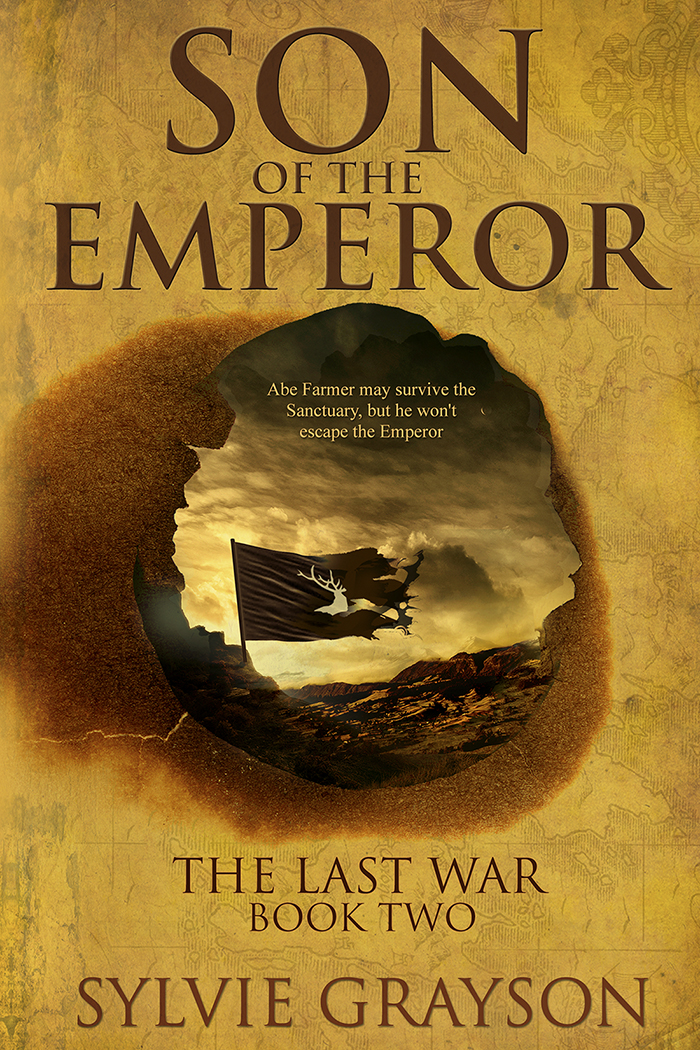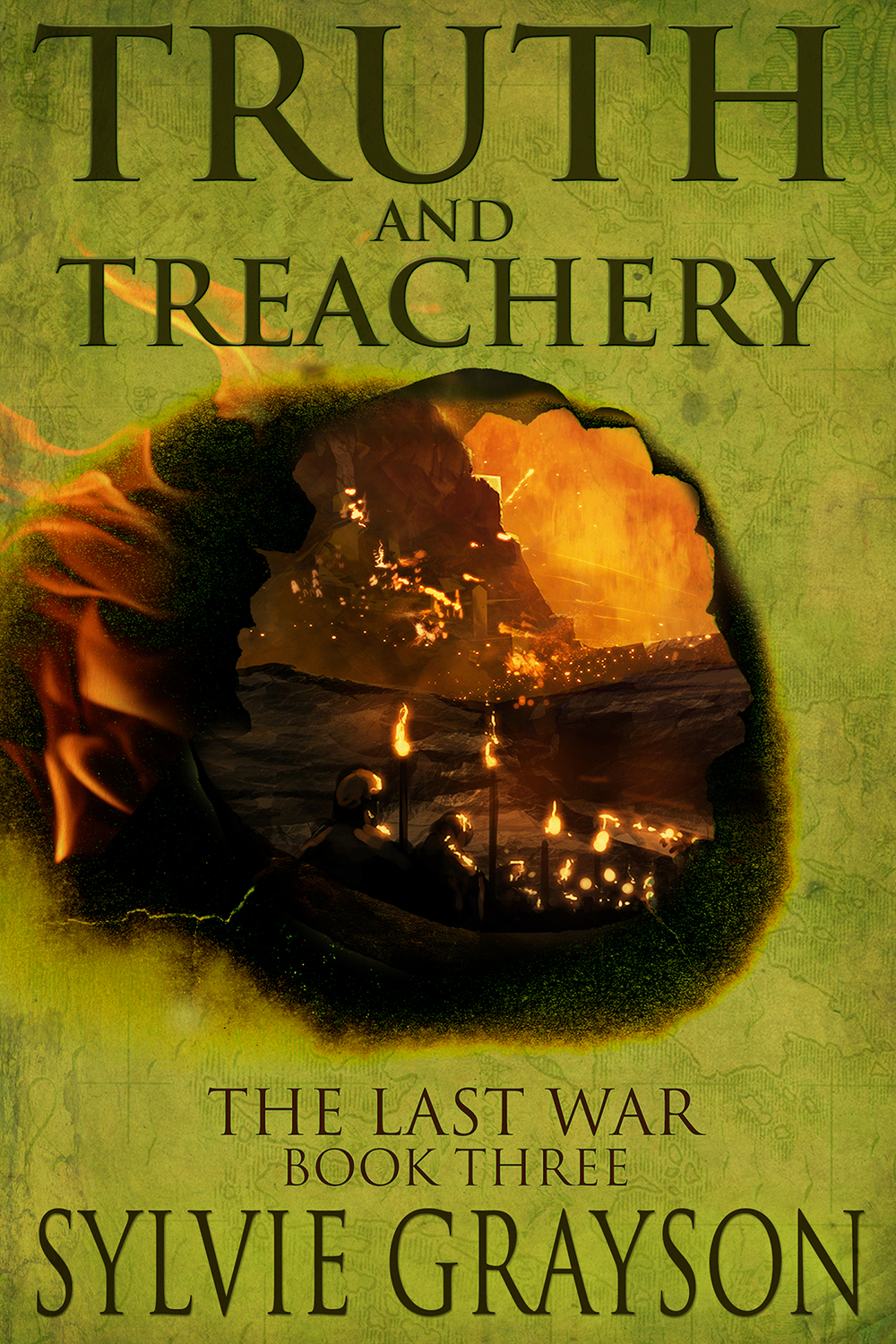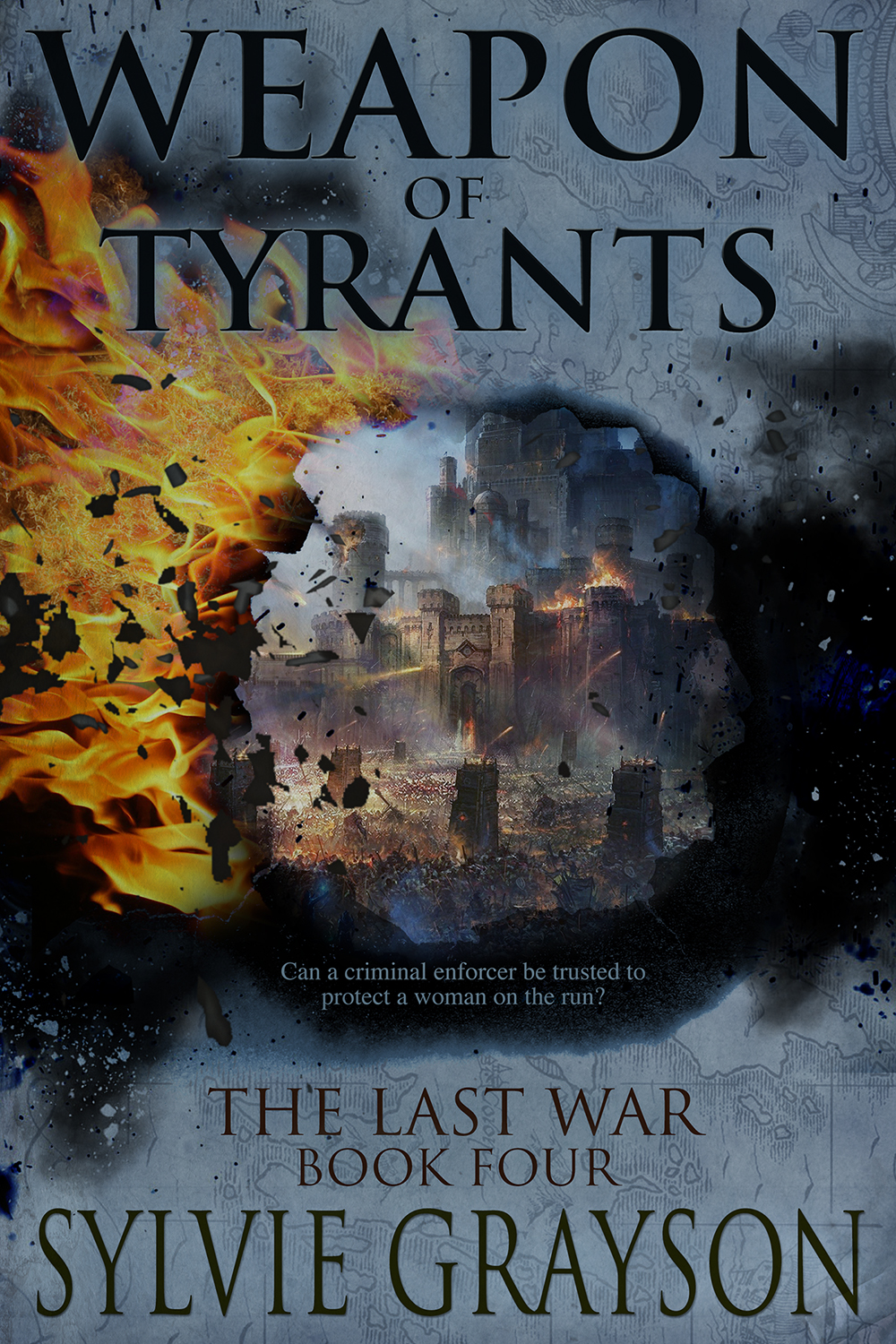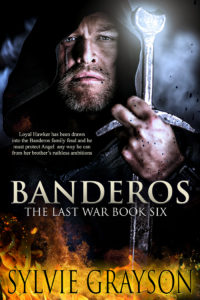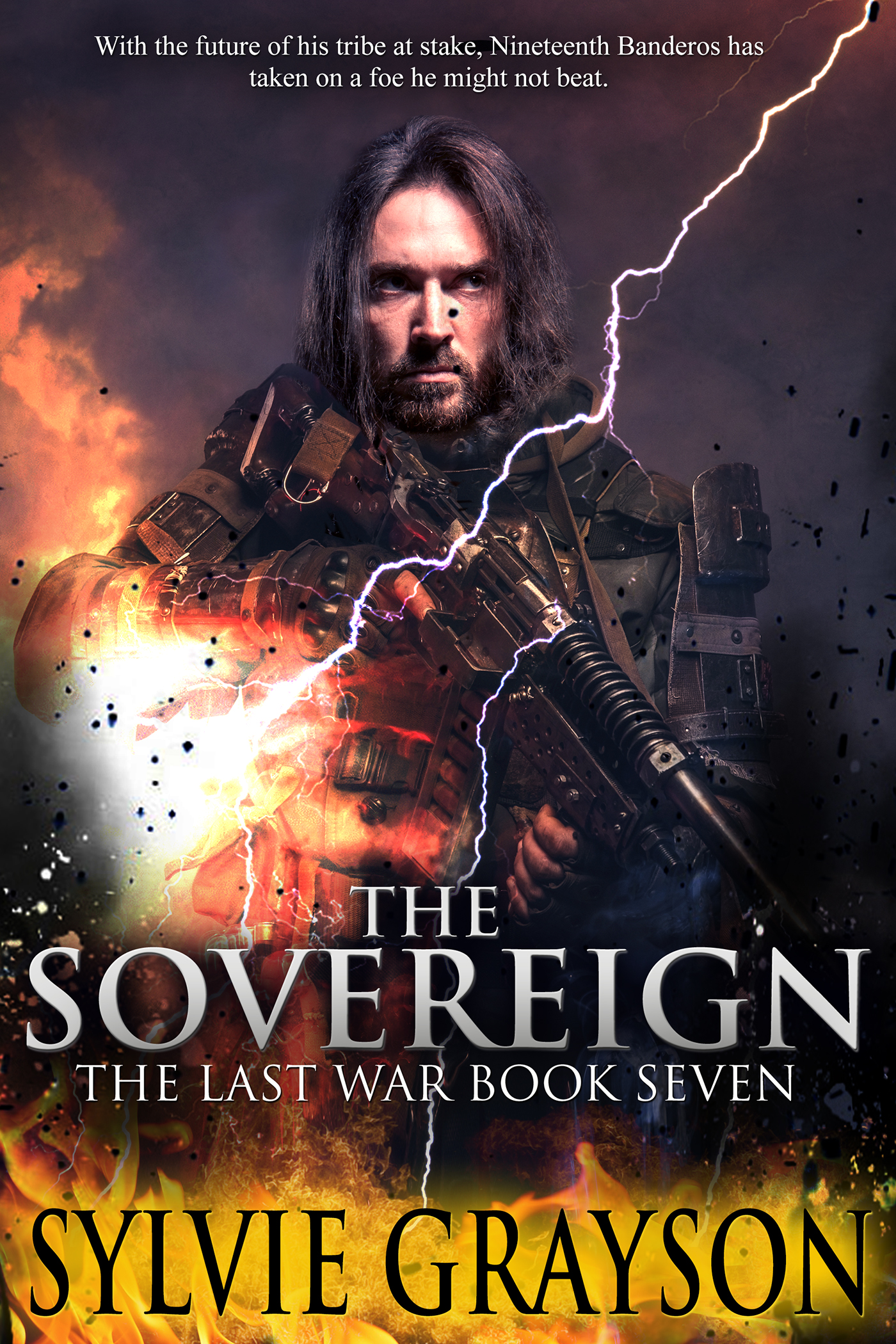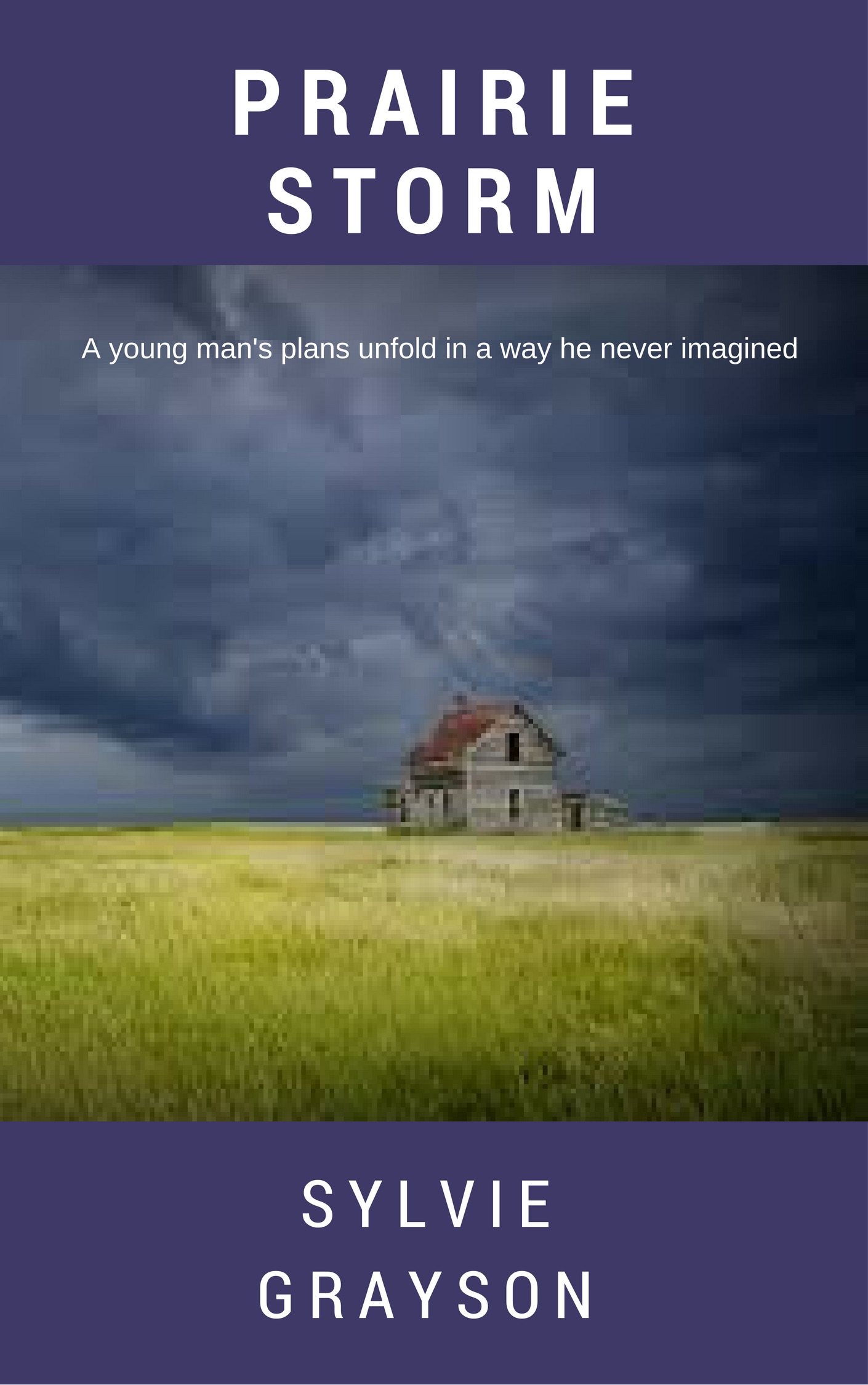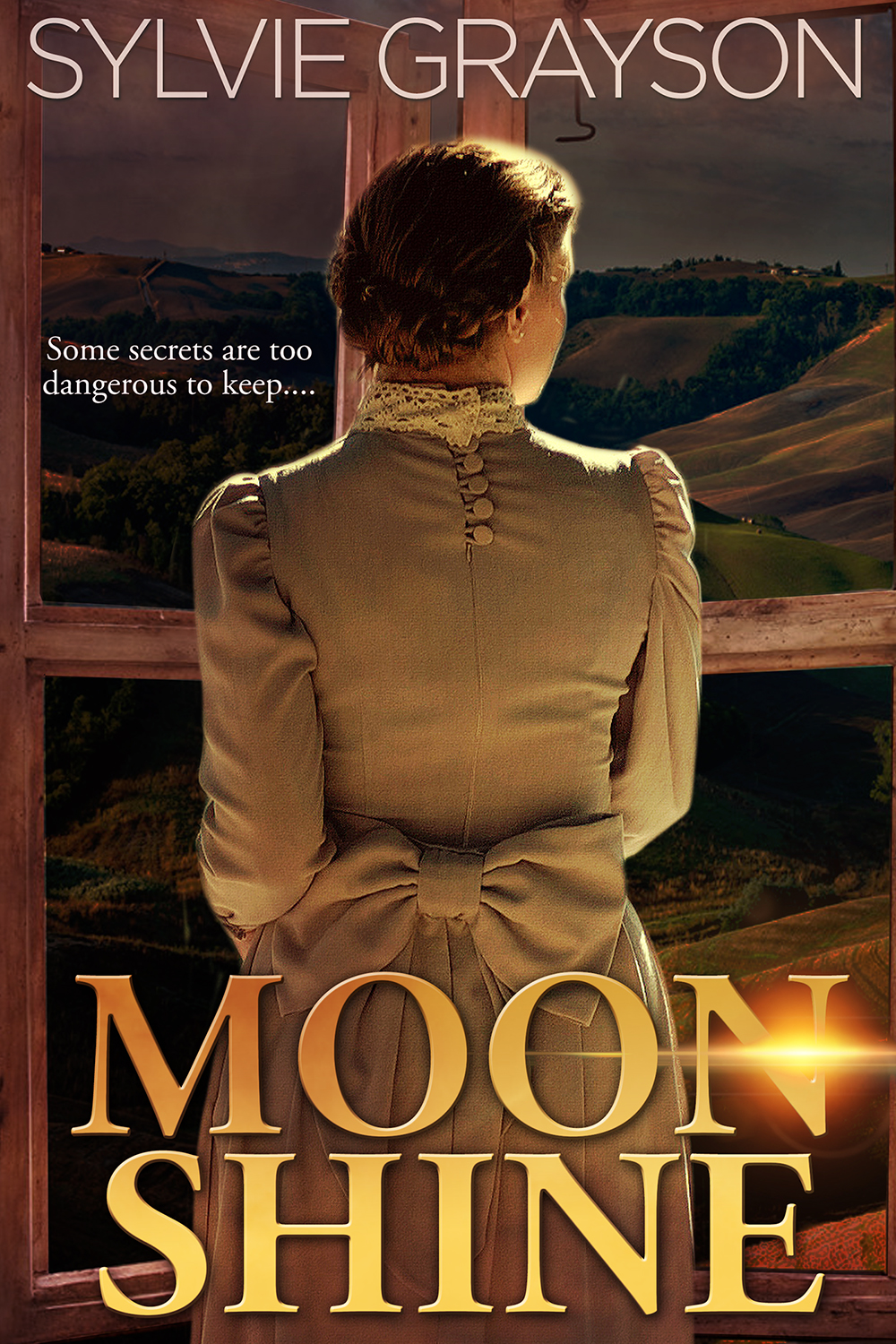Snow
Snow usually came early. The girls at our two-room school were required to wear skirts or dresses to school until the end of October, which is when we were allowed to attend class in pants. But the snow always arrived before that. Hallowe’en was carried out in the snow up there. As the road to where the school bus stopped to pick us up was a mile and a half away from our house , it was a jarringly cold trek in a skirt. Sometimes we wore pants under our skirts to ward off the frigid temperatures.
As the snow deepened and continued to fall intermittently over the winter months, it began to pile up and the depth increased. There were times we walked through snow up to our mid thighs. It could be a tough slog. Our family didn’t have a vehicle that could navigate such conditions, so there wasn’t another option for us. Dad tried to train our dog to pull a sled so Nell and I could take turns walking and riding on the sled. Unfortunately, Captain was a pretty undisciplined animal. The only way we found to get him to turn around and come back to us was to roll off the sled into the snow. Then he would continue racing down the road, and as he got further away, we would call him and he’d roar back, pulling the empty sled.
The wind could be wicked cold as the snow fell. However, when the temperature dropped, the wind died down. By the time it hit thirty below Fahrenheit, usually there would be no wind. The air was crisp and clear, crackling around me, but didn’t feel as cold as when the wind blew in slightly warmer temperatures.
The school closed when it hit minus thirty and the bus didn’t run. Dad would listen to the radio every morning and if the school was closed, there would be an announcement sent out to the community. The last thing we wanted to do was walk the mile and a half, wait for a bus that didn’t come, and walk back.
After we had lived there for a little more than a year, it seemed to register that a family with school children lived on our road, not just the two bachelors who had settled there some years before. Thus when the snow plow came through, our road would get ploughed too, which was a real luxury. It was much easier to walk the road after it had been ploughed. No trudging through knee-deep snow that day. Given how often and much it snowed each winter, the clearing of our road only happened sporadically and most days the snow was pretty deep. Our winter boots were stuffed with insoles and we wore several pairs of socks with pant legs tucked into them so the boot tops were blocked and the snow didn’t collect inside.
We had a driveway to the house, which had been cleared by felling the trees to open up a path when we first built there. It was seldom used, as we had no vehicle. However, when we had visitors the snow would get packed down from the wheels of the visitor’s trucks. But, we didn’t walk out to the road that way. Going out the driveway to the road and then down added a good half mile to the walk to meet the school bus. We had forged a different path through the trees, emerging at the ditch beside our road. When the snow first started to fall each winter, we would plough through, getting snow in our boots. As the winter extended, our feet tamped down the snow to create a useful trail. The snow got hard and the trail, although elevated due to the depth of snow compacted on it, would be easier to walk.
However, in the spring, when everything began to melt, the trail would get slippery and a bit difficult. The softened snow crust would weaken, and we would break through the path, sinking deep into the snow. We would pull our feet out to try again. Eventually, it was easier to walk beside the trail in the melting snow rather than stick to the trail and continue to break through the crust with every other step.
Our Car
When we arrived in Fort St. John, we had the car that we had driven there. That vehicle worked for about a year. However, in the first fall, Mum had gone berry picking with Sarah Greene, a neighbour who lived a couple of miles away. They were out in the bush with buckets picking saskatoon berries and had several buckets full.
At the time, Mum was pregnant with our youngest brother, Teddy, who was born in early spring the following year.
After a morning of picking, Mum was heading home. On the way, she parked on the side of the road in front of the Co-op store to pick up the mail. But before she or Sarah could get out of the car, they were rear-ended by a transport truck.
The buckets flew into the air, berries spraying everywhere. The front bench seat disengaged and banged backward into the rear seat. Mum had whiplash and the baby was knocked about in her womb.
The car was a total write off. The insurance company took the truck driver to court, where he testified that the sun was in his eyes and he didn’t see a car parked on the side of the road. He paid one hundred dollars damages, which in no way could replace the car. We were left without any transportation.
Pamela, my older sister, still has the rear window from that car. She always intended to make a coffee table out of it. (More to come)



